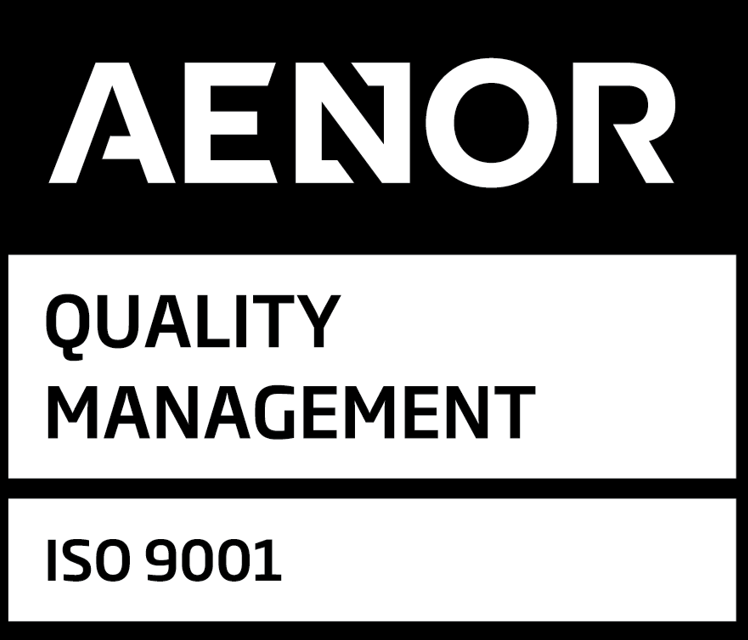A Comprehensive Pre-Submission Readiness Guide
Navigating the European Union’s (EUs) Medical Device Regulation (Regulation [EU] 2017/745; MDR) demands meticulous preparation. Submitting incomplete technical documentation to a Notified Body (NB) for review triggers lengthy review cycles and costly delays. This guide serves as a final gap analysis to ensure a robust, coherent, and compliant submission, paving a smoother path to Conformité Européenne (CE) marking.
Step 1: Cross-Product & Organisational Requirements
Your technical documentation is an output of your quality management system (QMS). The NB will review your technical file and your QMS, in accordance with the requirements of Annex IX of the MDR. Other conformity assessment routes, such as those outlined in Annex X (based on type-examination) or Annex XI (based on product conformity verification), may also be selected, although they are less commonly used.
The foundational systems and roles required of all manufacturers, regardless of device classification, are as follows:
- MDR-compliant QMS: Per MDR Article 10(9), a QMS for developing, manufacturing, and post-market monitoring is mandatory. Although certification to ISO 13485:2016 is not mandatory, it is commonly used to demonstrate compliance and is considered the most effective way to fulfil the requirements of Article 10(9) of the MDR. For all devices, the QMS should incorporate MDR-specific processes such as post-market surveillance (PMS), vigilance, and unique device identification (UDI) management.
For Class IIa, IIb, and III devices, as well as certain Class I devices placed on the market in sterile condition, with a measuring function, or intended to be reused, the QMS is typically assessed by a Notified Body as part of the conformity assessment. For other Class I devices, while a QMS is still required under Article 10(9), it does not require Notified Body involvement.
- Risk management system: Mandated by MDR Annex I, risk management per ISO 14971 must be a continuous process implemented throughout the entire product lifecycle, ensuring risks are controlled and an acceptable benefit-risk ratio.
- Person Responsible for Regulatory Compliance (PRRC): MDR Article 15 obliges manufacturers to designate at least one qualified PRRC permanently and continuously at their disposal. This ensures technical documentation and declarations of conformity (DoC) are prepared and maintained in compliance with the Regulation.
- Understanding stakeholder obligations: Ensure that your organisation understands, and has communicated, the necessary information to distributors and importers, who have specific obligations under MDR Articles 13 and 14 regarding verification, storage, and complaint handling.
Step 2: Product-Specific & Technical Documentation Requirements
Your technical documentation is the core evidence dossier for your device, structured in accordance with MDR Annexes II (Technical Documentation) and III (Technical Documentation on PMS).
Technical documentation (Annex II)
Must provide comprehensive evidence that all General Safety and Performance Requirements (GSPRs) from Annex I are met.
- Device description & specifications: Detailed description of the device, including trade name, intended purpose, users, patient population, principles of operation, and key functional elements (components, materials, software). Identification via Basic UDI-DI (per MDR Article 27 and Annex VI, Part C) or other traceable identifiers. Justification of device qualification, risk class, and applied classification rules in accordance with MDR Annex VIII. Overview of previous and similar generations of the device
- Labelling & Instructions for Use (IFU): All labelling must comply with MDR Annex I, Chapter III. Claims made in the IFU or labelling must be consistent with, and supported by, the clinical evaluation, GSPRs, and RMF. Labels and Instructions for Use (IFU) in all applicable EU languages
- Design and Manufacturing Information: Description of design stages, manufacturing processes, validation data, and control of critical suppliers/subcontractors.
- GSPR checklist: Links each applicable safety and performance requirement of the device to the source of objective evidence (ie, verification & validation [V&V] reports, test data, or procedures); GSPRs not considered applicable should be justified. Reference to applied harmonised standards, common specifications (CS), or equivalent solutions.
- Risk management file (RMF): Must demonstrate a complete lifecycle approach to risk per ISO 14971, including analysis, evaluation, control, and a report concluding a favourable benefit-risk profile.
- V&V reports: Data supporting device safety and performance, including
- Biocompatibility (ISO 10993 series)
- Electrical Safety & electromagnetic compatibility (IEC 60601 series)
- Software V&V (IEC 62304 for lifecycle processes)
- Stability and shelf-life testing
- Sterilisation validation
- Performance and safety testing relevant to intended use
Clinical Evaluation (Annex XIV)
Includes a clinical evaluation report (CER) based on a compliant clinical evaluation plan (CEP), providing sufficient clinical evidence to demonstrate device safety, performance, and a favourable benefit-risk ratio. It must also:
- critically appraise data from manufacturer clinical investigations or an equivalent device (if claimed according to strict MDR criteria);
- be updated continuously throughout the device’s lifecycle with post-market data.
PMS & vigilance (Annex III)
The Post-Market Surveillance (PMS) Documentation ensures continuous evaluation of device performance and compliance throughout its lifecycle, through the following documents.
- A PMS plan: Proactively and systematically collects and analyses post-market data on device quality, performance, and safety.
- A post-market clinical follow-up (PMCF) plan: Actively gathers clinical data post-market, required unless exclusion is justified.
- Vigilance System: Robust procedures for reporting Serious Incidents and Field Safety Corrective Actions to competent authorities per MDR Article 87.
- PMS reporting: Preparation of a Periodic Safety Update Report (PSUR) (Article 86) or Post-Market Surveillance Report (PMSR) (Article 85), depending on device class
Step 3: Pre-Submission – Administrative and Conformity Assessment Planning
Final checks before NB engagement.
- Conformity assessment: Based on device classification, the correct conformity assessment procedure (detailed in MDR Annexes IX-XI) must be followed.
- EU DoC (Annex IV): A draft DoC must be prepared, listing all applicable regulations and standards, signed after the NB grants CE certification.
- Summary of Safety and Clinical Performance (SSCP): For implantable and Class III devices; must be written in clear, layperson language and must be consistent with the CER and IFU.
- CRITICAL STEP – Internal Consistency Review: A cross-functional review to ensure the device name, intended purpose, indications, and key performance claims are consistent across documentation.
- NB Engagement:
- Designation Scope: Confirm your chosen NB is officially designated for your device type and classification.
- HIGHLY RECOMMENDED – Pre-Submission Meeting: Discuss your strategy and the NB’s expectations through structured dialogues, de-risking the formal submission process.
Supporting Documents and Guidance
EU MDR 2017/745 Harmonized Standards:
- ISO 13485:2016 (QMS)
- ISO 14971:2019 (Risk Management)
- ISO 14155:2020 (Clinical Investigations)
- MEDDEV 2.7/1 Rev. 4 (Clinical Evaluation: A Guide for Manufacturers and Notified Bodies)
- MDCG 2020-6 (Clinical evidence needed for medical devices previously CE marked under Directives 93/42/EEC or 90/385/EEC: A guide for manufacturers and notified bodies)
- MDCG 2020-7 (Post-market clinical follow-up [PMCF] Plan Template: A guide for manufacturers and notified bodies)
- MDCG 2020-8 (Post-market clinical follow-up [PMCF] Evaluation Report Template: A guide for manufacturers and notified bodies)
- MDCG 2019-9 (Summary of safety and clinical performance: A guide for manufacturers and notified bodies)
Key Takeaway
MDR compliance transcends document creation. It is about building a coherent, evidence-based narrative weaving together quality management, risk analysis, clinical data, and post-market vigilance into a single, compelling story of your device’s safety and performance. Using this comprehensive checklist to perform a final, critical gap analysis ensures your story is not only complete but also clear, consistent, and readily verifiable, paving a smoother path to successful CE marking under the MDR.








